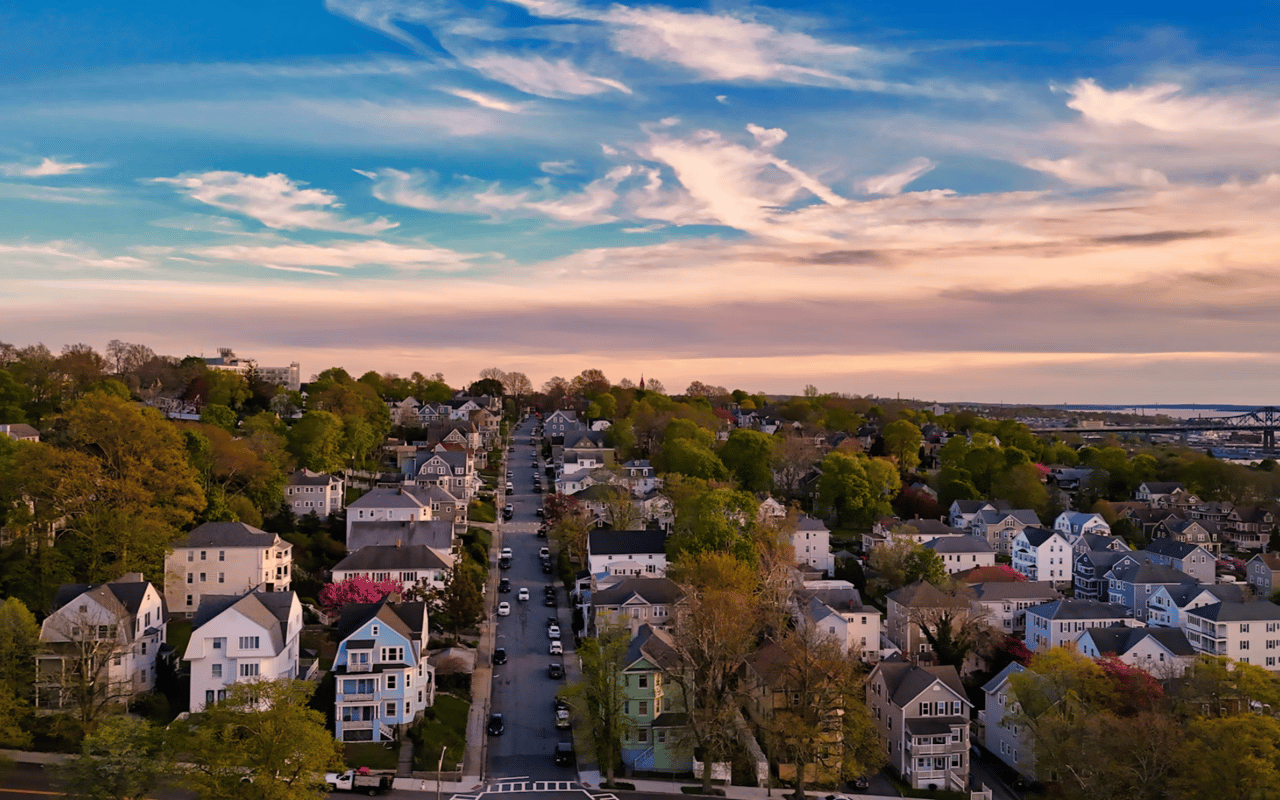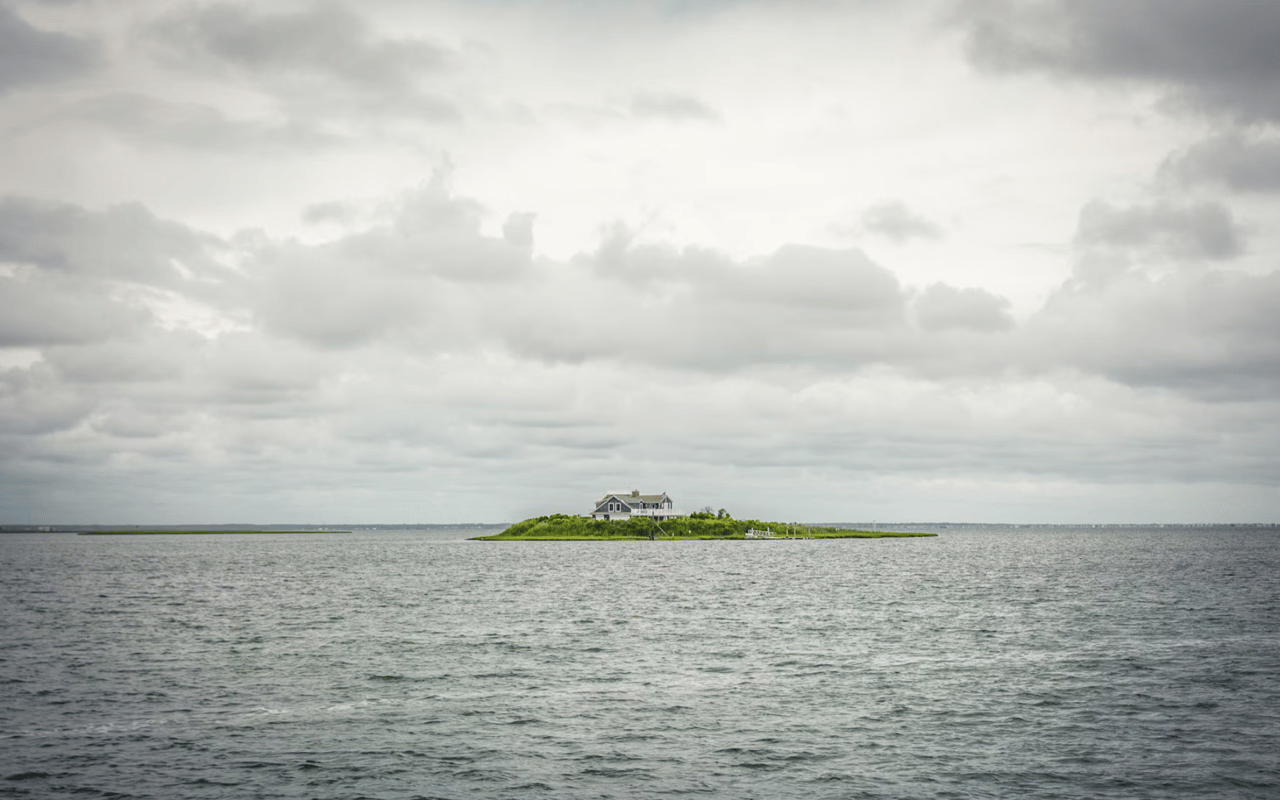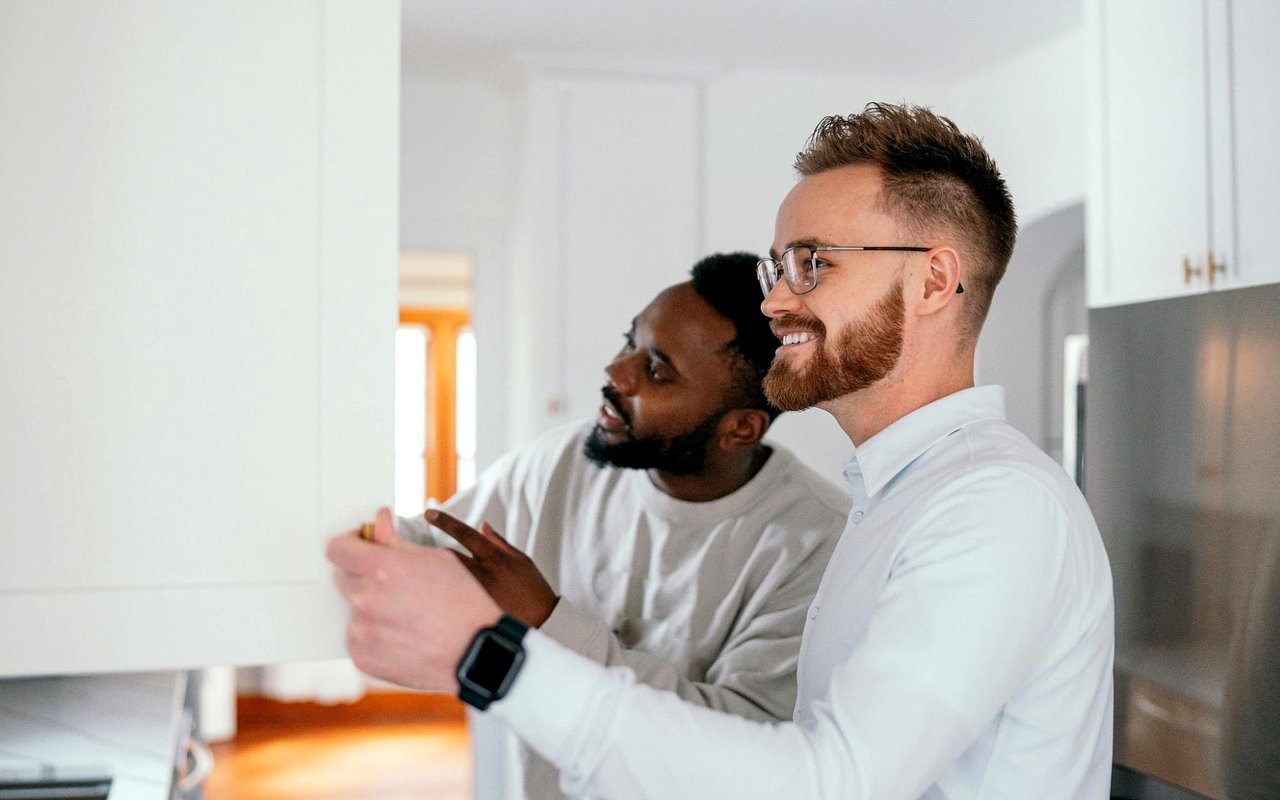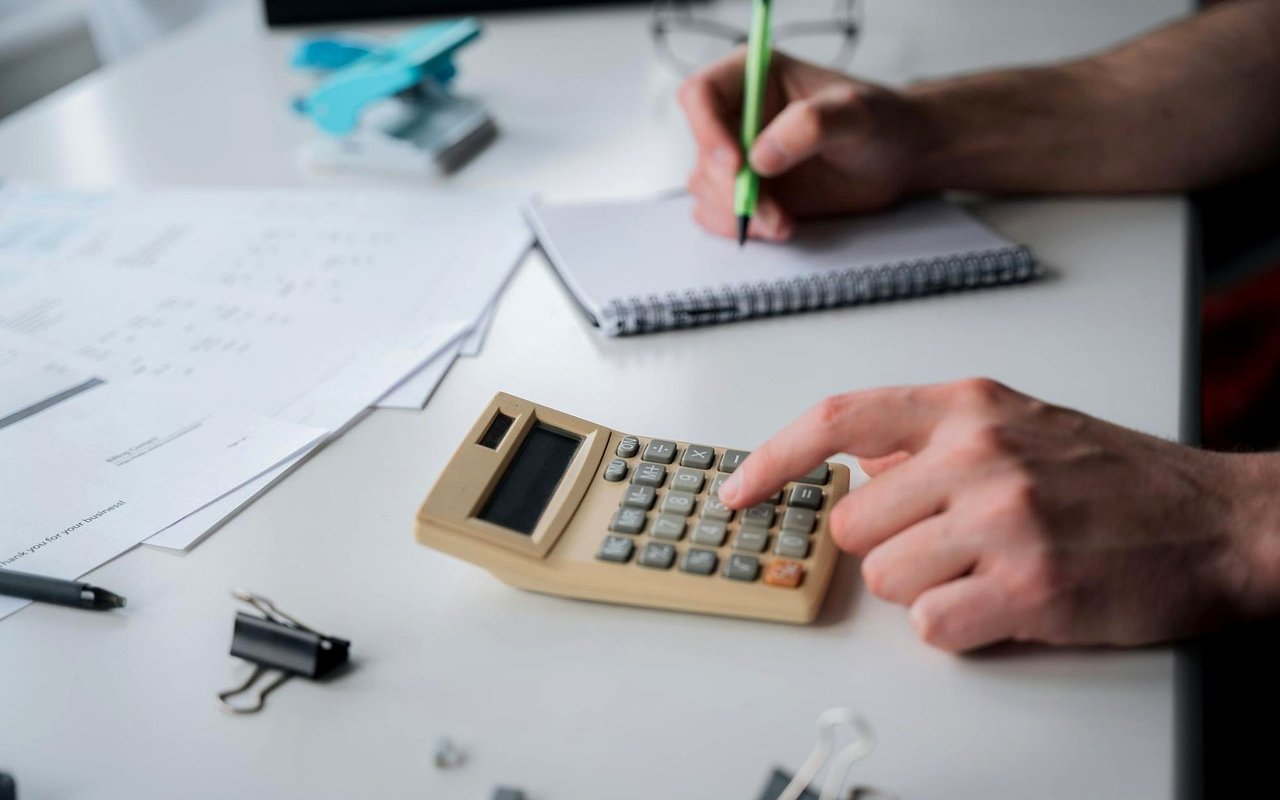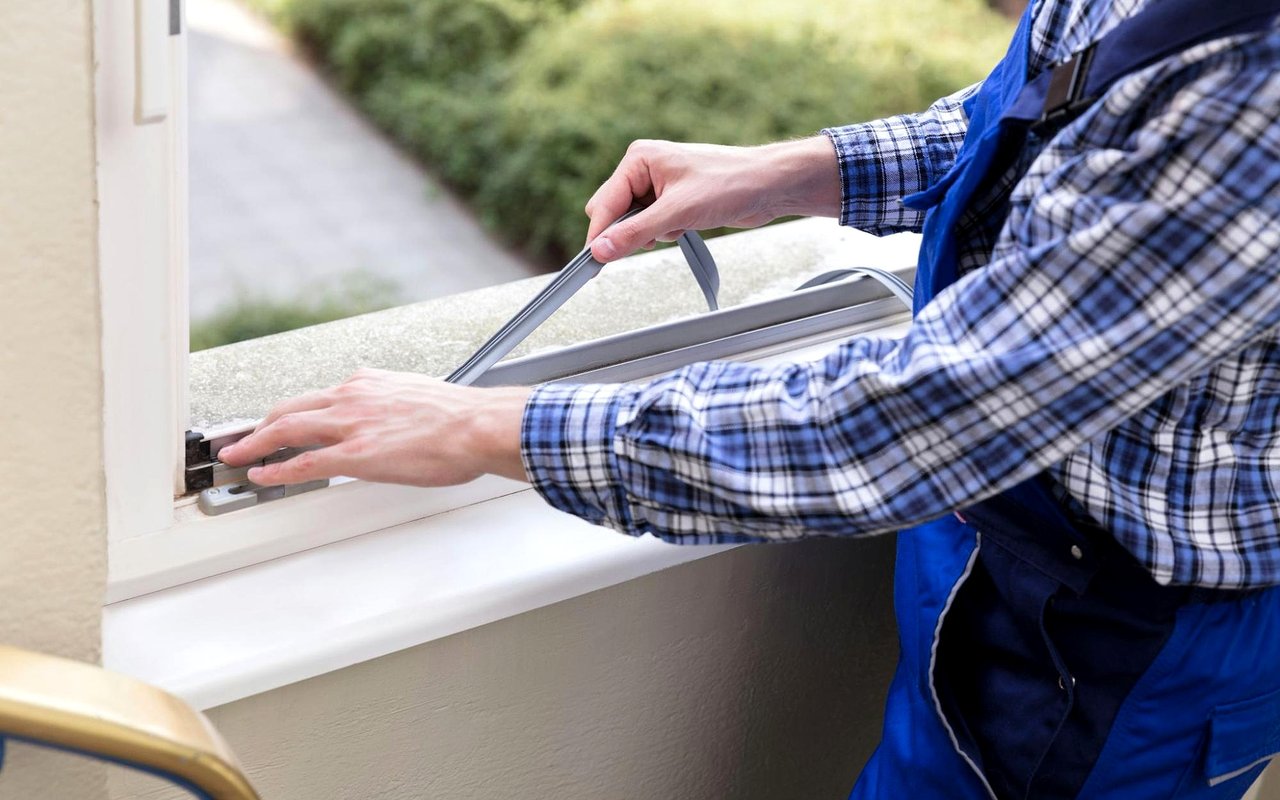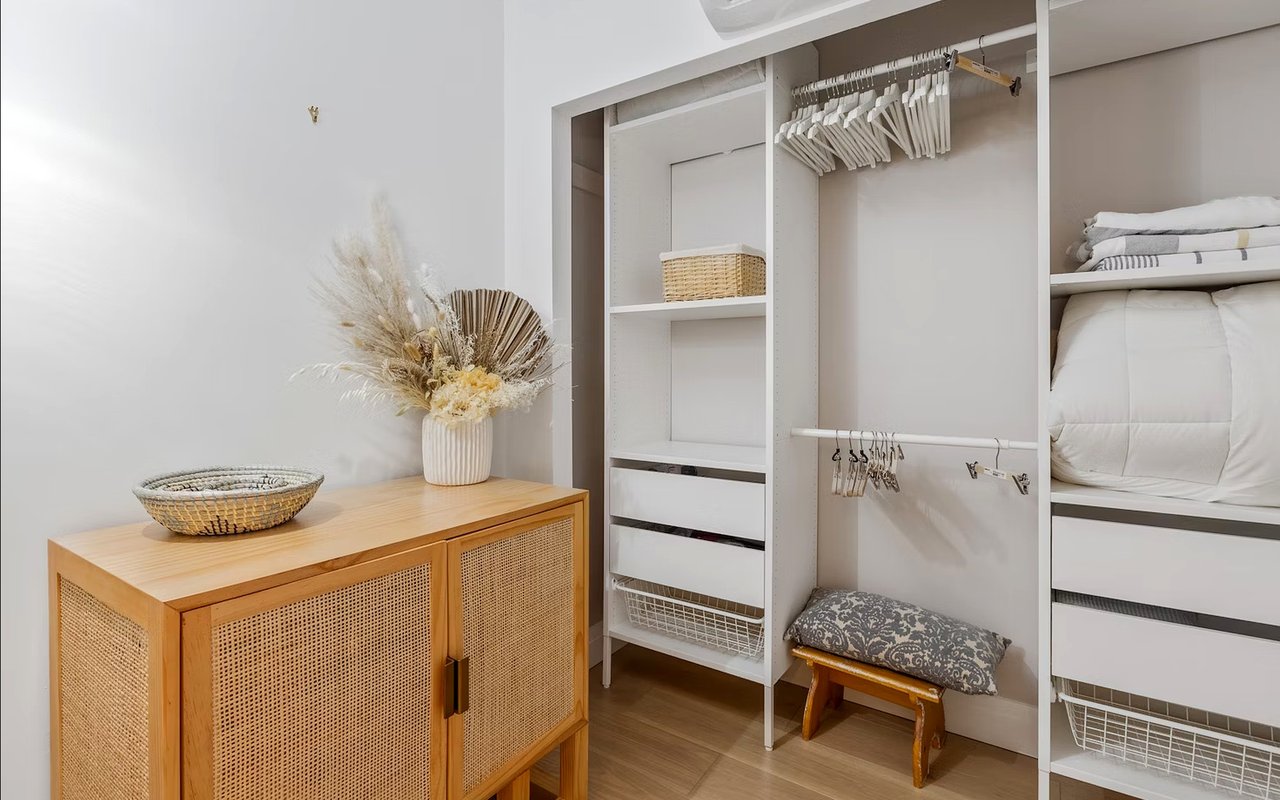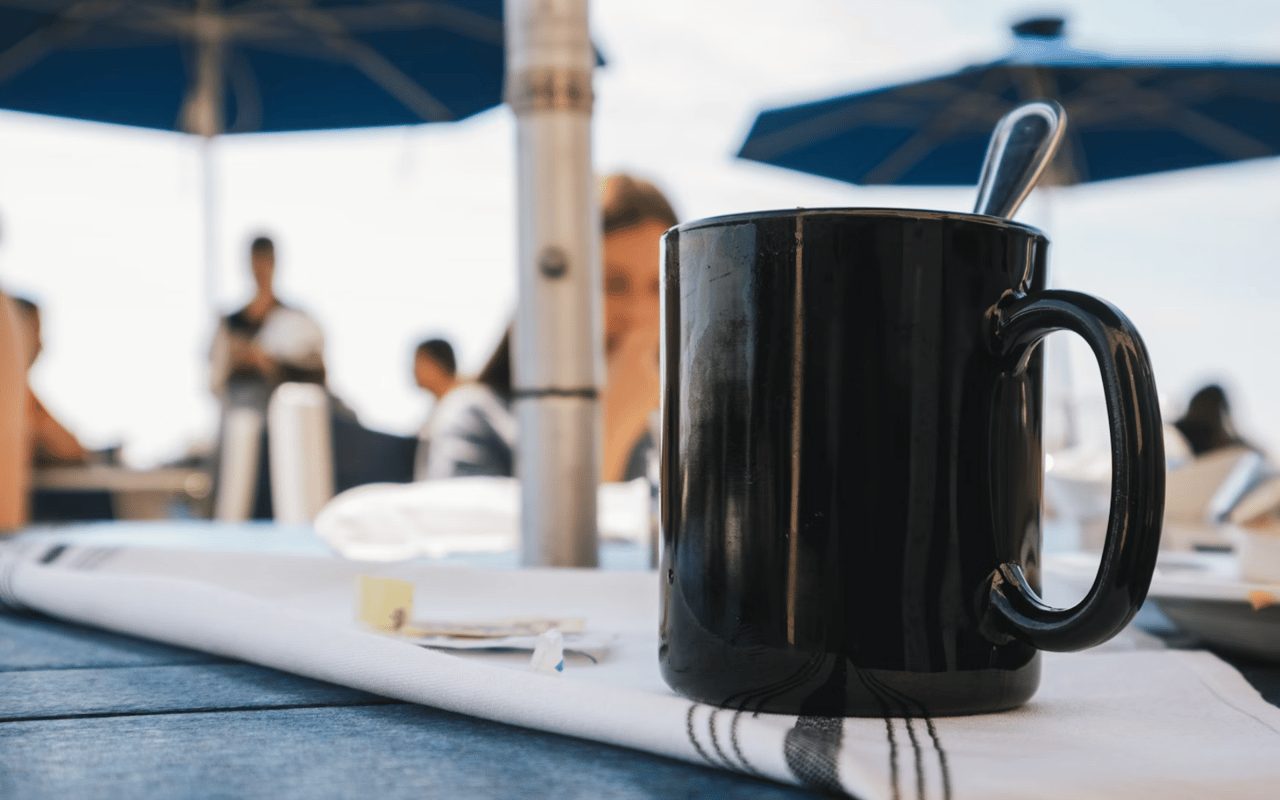When selling a house, first impressions are crucial. High-quality photographs can significantly impact potential buyers' interest and engagement. As a professional real estate agent in Rumson, New Jersey, it's essential to provide clients with the best guidance on how to capture their homes effectively. This article will explore how to take pictures of your house to sell, emphasizing the importance of staging, lighting, angles, and more. By following these tips, homeowners can create compelling images that attract buyers and facilitate a quicker sale.
1. Preparation is Key
Before snapping a single picture, thorough preparation is essential. Ensure the home is clean and decluttered. This includes:
- Deep Cleaning: Vacuum carpets, mop floors, and wipe down surfaces to ensure everything is spotless.
- Decluttering: Remove personal items, such as family photos, to allow potential buyers to envision themselves in the space.
- Staging: Arrange furniture in a way that highlights the home's best features. Consider hiring a professional stager if necessary.
2. Understand the Importance of Lighting
Lighting plays a critical role in real estate photography. Natural light is often the best choice, as it provides a warm and inviting feel to the photos. Here are some tips for leveraging lighting effectively:
- Shoot During the Golden Hour: The hour after sunrise and the hour before sunset offer the best natural light, producing soft and warm tones.
- Open Curtains and Blinds: Allow as much natural light into the home as possible. Turn on all lights, including lamps, to ensure the space is well-lit.
- Avoid Flash: Flash can create harsh shadows and make the space appear less natural. Use it sparingly and opt for natural light whenever possible.
3. Use the Right Equipment
High-quality photos require the right equipment. While smartphones have advanced cameras, investing in a DSLR camera can significantly enhance photo quality. Additionally, consider these tools:
- Wide-Angle Lens: This helps capture more of the room in each shot, making spaces appear larger.
- Tripod: Ensures stability and helps avoid blurry images.
- Editing Software: Post-processing can enhance images, correct lighting issues, and remove imperfections.
4. Focus on Key Areas
Highlight the most important areas of the home to draw in potential buyers. These typically include:
- Kitchen: Often considered the heart of the home, ensure the kitchen is spotless and well-lit.
- Living Room: Showcase its space and comfort.
- Bedrooms: Make beds neatly, and ensure rooms appear inviting and spacious.
- Bathrooms: Clean thoroughly and remove personal items.
- Exterior: Capture the home's curb appeal, including the front yard, backyard, and any unique features like a pool or garden.
5. Perfect Your Composition
Composition can make or break a photograph. Use these techniques to enhance your images:
- Rule of Thirds: Imagine a grid over your image and position key elements along these lines or at their intersections.
- Straight Lines: Ensure vertical lines, like walls and doorframes, are straight to avoid a skewed perspective.
- Variety of Angles: Capture each room from multiple angles to provide a comprehensive view.
6. Enhance with Post-Processing
Editing your photos can make a significant difference. Basic adjustments to consider include:
- Brightness and Contrast: Enhance the overall look and feel of the photos.
- Color Balance: Ensure colors appear natural and vibrant.
- Sharpness: Highlight details without making the image appear artificial.
7. Avoid Common Mistakes
Be mindful of common photography mistakes that can detract from the quality of your photos:
- Overexposure or Underexposure: Ensure the photos are not too bright or too dark.
- Clutter and Personal Items: Remove distractions to keep the focus on the home.
- Unprofessional Editing: Avoid over-editing, which can make photos appear fake.
8. Utilize Virtual Staging
If the home is empty, virtual staging can be an effective solution. This involves adding digital furniture and decor to photos, helping potential buyers visualize the space. While this can be a cost-effective alternative to physical staging, ensure the virtual staging looks realistic and professional.
9. Highlight Unique Features
Every home has unique features that can set it apart from others on the market. Identify and highlight these aspects in your photos:
- Architectural Details: Capture unique design elements like exposed beams, fireplaces, or built-in bookshelves.
- Outdoor Spaces: Showcase patios, decks, or scenic views.
- Upgrades and Renovations: Emphasize any recent improvements, such as updated kitchens or bathrooms.
10. Use a Professional Photographer
While DIY photography can save money, hiring a professional photographer often yields the best results. Professional photographers have the experience, equipment, and skills to capture your home in its best light, potentially leading to a quicker sale at a higher price.
Capture Your Home’s Best Features with Professional Help
When it comes to selling your home, high-quality photographs can make all the difference. If you're looking to showcase your property in the best possible light, consider seeking professional assistance. At Kathy Grabowy Real Estate, we understand the importance of stunning visuals in the selling process. Contact us today at
Kathy Grabowy Real Estate to learn more about how we can help you capture your home's best features and attract the right buyers.



